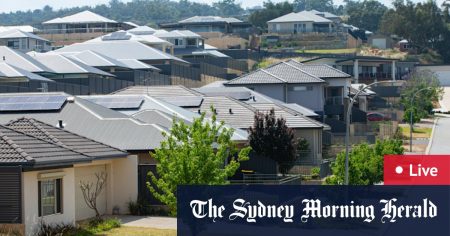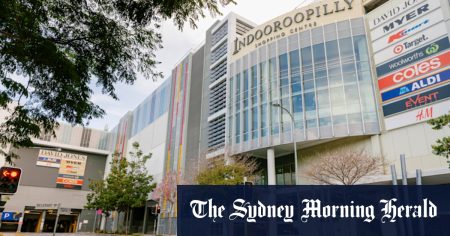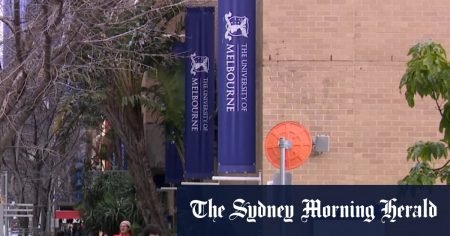The Age’s Docklands series delves into the issues facing Melbourne’s Docklands suburb, focusing on the problem of strong winds. The development of Docklands years ago did not take into account wind effects, according to wind engineer Dr Seifu Bekele. The lack of consideration for wind implications led to a wind-tunnel effect in the area, especially due to the towering buildings and lack of shelter from surrounding structures. This overlooked aspect has caused discomfort for pedestrians and residents, with no clear plan in place to manage or mitigate the wind.
Geography also plays a role in Docklands’ wind troubles, as its waterfront location means it is naturally exposed to strong winds. Despite the presence of the Bureau of Meteorology headquarters in Docklands, there is a lack of anemometers to measure wind speed and direction in the area. This has led to uncertainty about the exact strength of the winds in Docklands, highlighting a gap in necessary data for future planning. However, efforts are being made to assess wind impacts on new developments in Docklands through design and development overlays requiring a wind assessment impact report by a qualified wind engineer.
Dr Bekele suggests potential solutions to address the wind issues in Docklands, such as conducting studies using sensors to analyze wind channeling patterns and introducing more trees or vegetation to provide shelter from the wind. He points to successful examples of wind-screening devices used in other cities to withstand heavy rainfall and storm-force winds. RMIT planning researcher Hugh Stanford is optimistic about the potential for Docklands to transform into a more nature-friendly environment, citing the benefits of introducing greenery to break up wind patterns and improve physical and mental well-being. This approach involves strategically planting trees and diverse vegetation to create a more inviting and comfortable urban landscape.
The City of Melbourne has taken steps to enhance greenery in Docklands, planting over 3500 trees in the past decade to mitigate wind impacts and improve the overall environment. Despite challenges such as underground infrastructure limitations and ownership of public space by other levels of government, the council continues to prioritize greening and infrastructure projects through initiatives like the urban forest fund grants. Efforts like the Victoria Point Podium Greening project aim to increase green cover and plant new trees for shading and wind breaks in key areas of Docklands. By incorporating nature-based solutions and innovative urban planning strategies, Docklands may have the potential to shed its reputation as a windy and sterile precinct and become a more livable and sustainable neighborhood.












